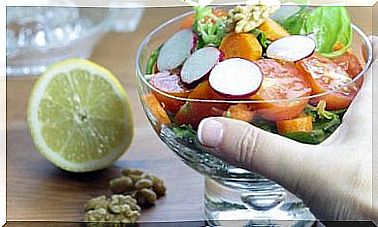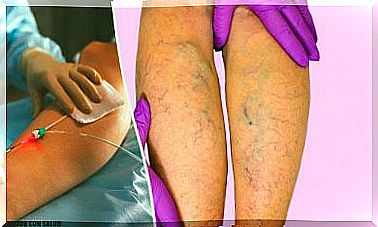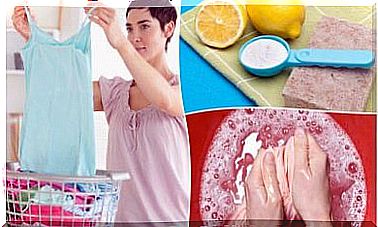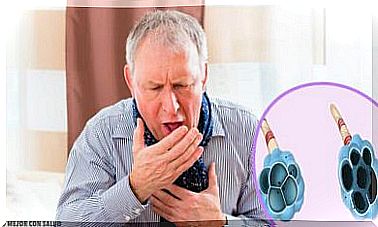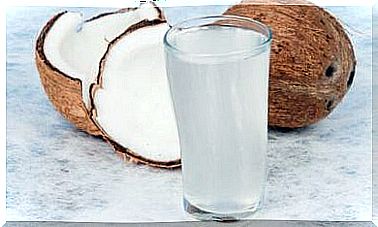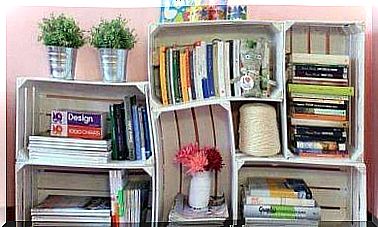This Is How Laundry Becomes White Again – Without Chlorine!
These simple remedies are very useful and protect the environment.

Laundry gets a gray veil over time. Towels in particular no longer look nice.
But there are methods to remove this gray haze so that your laundry is as white as it was on the first day.
Where does the gray haze on the laundry come from?
If you are unlucky, your laundry will get grayer with each wash, the brilliant white will be covered by a gray haze. These are the finest dirt particles that are embedded in the fibers of the textiles. This can have several causes:
- Too high a dose of detergent : detergent residues are not completely removed during the wash cycle and remain on the laundry with dirt particles.
- Too low a dosage of detergent: There are not enough active washing substances in the washing water to completely loosen the dirt.
- Bad detergent: The detergent does not clean well enough and does not manage to completely loosen the dirt.
- Incorrectly washed: If the water temperature is too low for whites or a dark garment in whites, this also leads to gray haze or discoloration
So the best remedy for gray haze is not to let it come to that at all.
Always wash at the right temperature, use the right detergent and always sort the laundry so that only white things go into the drum together.
If your laundry has lost its brilliant white, try the following tips to make it shine again:

Washing soda
Washing soda is offered in drugstores for very little money and is still quite unknown. You can also find it on the shelf as sodium carbonate or just under the name Soda. Please do not confuse it with baking soda!
For washing soda to work properly, the water must be hot. So pay attention to the correct washing temperature and choose the highest that is allowed for the grayed garment.
Soda ensures better cleaning of the fabrics and is therefore already contained in some detergents.
Simply add about 50g of washing soda to the detergent for the next wash cycle of the white laundry . Washing soda acts like a detergency booster. If possible, choose an additional rinse to rinse off any residue.
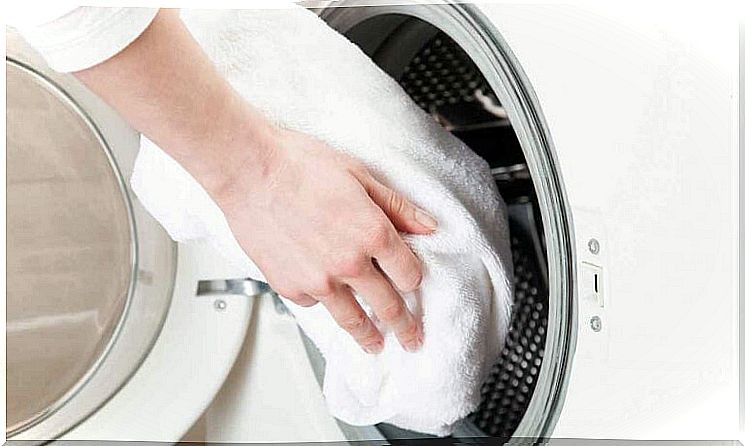
Hydrogen peroxide
Hydrogen peroxide is behind product names such as “Mild bleaching without chlorine” or “Active oxygen” or “Oxykraft”.
“With active oxygen” is often advertised in the trade. This “active oxygen ” in cleaning agents is nothing other than hydrogen peroxide.
The hydrogen peroxide that you can buy is heavily diluted with water and mixed with a stabilizer so that it does not break down into its components water and oxygen when it comes into contact with metal. In the pharmacy you can buy this product in (almost) any concentration.
Hydrogen peroxide is an excellent bleaching agent for stubborn stains and discoloration, mainly those of “organic” origin, so no paints, varnishes or lubricating oils.
However, you should only use it on light-colored laundry, for example to rid white curtains, white towels or bed linen of gray sneaks.
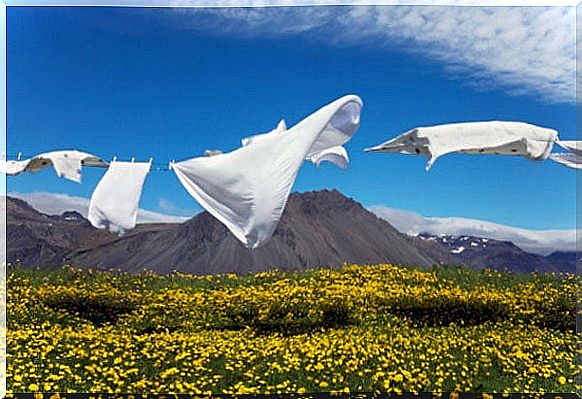
Sun
As with lightening hair, the sun can also help with its UV radiation when lightening laundry. In the past, sheets and tablecloths were laid out in the sun on the bleaching meadows to become pure white.
At that time this was especially necessary because the laundry could only be washed with soap and with the most difficult manual labor.
If you put damp laundry in the blazing sun, ozone is formed under the intense UV radiation, which releases bleaching oxygen when it breaks down.
This is also the reason why colored textiles lose their color quickly in the sun and laundry is better dried in the shade instead of in the sun.

vinegar
If the gray haze is not just dirt residues, but also limescale deposits, it can help to soak the white laundry in vinegar water overnight.
Use white vinegar to prevent further discoloration and dilute the vinegar in a ratio of 1: 2 with water. So one liter of vinegar to two liters of water.
Then wash the laundry as usual. To prevent limescale build-up, you can also add vinegar to the fabric softener compartment. But please inquire beforehand whether your washing machine can handle this in the long term!
